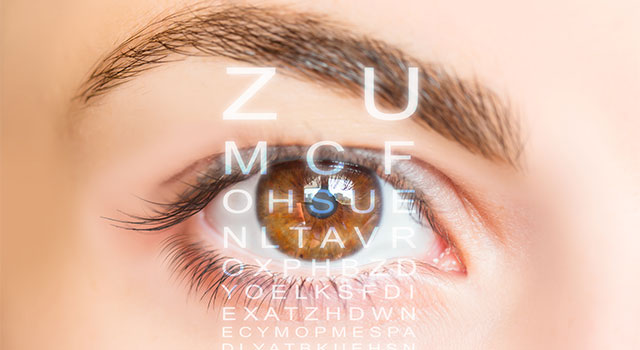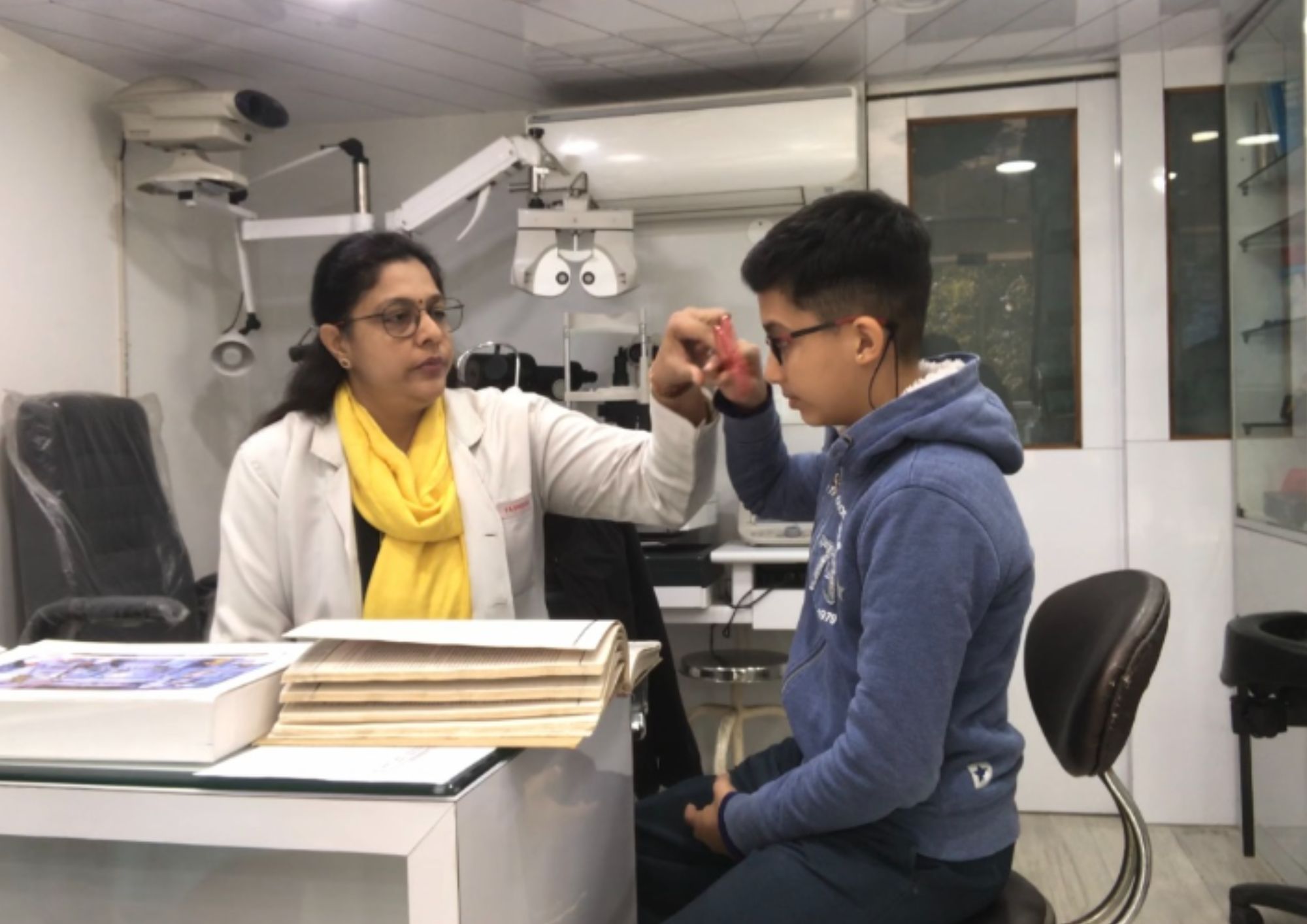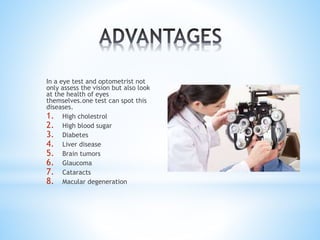Regional Glaucoma Service Near Me: Relied On Specialists for Eye Wellness
Regional Glaucoma Service Near Me: Relied On Specialists for Eye Wellness
Blog Article
The Role of Advanced Diagnostic Tools in Identifying Eye Disorders
In the world of ophthalmology, the use of innovative analysis devices has transformed the very early recognition and monitoring of numerous eye problems. From discovering refined adjustments in the optic nerve to monitoring the progression of retinal diseases, these innovations play a critical role in improving the accuracy and efficiency of diagnosing ocular conditions. As the demand for exact and timely diagnoses remains to expand, the integration of innovative devices like optical comprehensibility tomography and visual area testing has ended up being essential in the world of eye treatment. The elaborate interaction between technology and ocular methods not only loses light on detailed pathologies however likewise opens doors to customized therapy methods.
Significance of Very Early Diagnosis
Very early diagnosis plays a pivotal duty in the effective monitoring and therapy of eye conditions. By finding eye disorders at an early stage, healthcare service providers can provide suitable treatment plans customized to the certain condition, ultimately leading to far better results for people.

Modern Technology for Spotting Glaucoma
Innovative analysis modern technologies play a critical duty in the very early discovery and tracking of glaucoma, a leading root cause of permanent blindness worldwide. One such innovation is optical coherence tomography (OCT), which gives in-depth cross-sectional pictures of the retina, enabling the measurement of retinal nerve fiber layer density. This dimension is essential in analyzing damage brought on by glaucoma. One more sophisticated tool is visual field screening, which maps the level of sensitivity of a person's visual area, assisting to find any type of areas of vision loss feature of glaucoma. In addition, tonometry is made use of to gauge intraocular stress, a major danger variable for glaucoma. This test is vital as raised intraocular pressure can result in optic nerve damage. Additionally, newer innovations like using expert system algorithms in assessing imaging data are showing promising cause the very early detection of glaucoma. These sophisticated diagnostic devices enable ophthalmologists to diagnose glaucoma in its early stages, permitting for prompt treatment and far better monitoring of the condition to protect against vision loss.
Role of Optical Comprehensibility Tomography

OCT's capacity to quantify retinal nerve fiber layer thickness enables for specific and objective measurements, assisting in the early detection of glaucoma also prior to visual field flaws end up being obvious. On the whole, OCT plays an essential duty in enhancing the diagnostic accuracy and management of glaucoma, ultimately adding to better results for people at risk of vision loss.
Enhancing Medical Diagnosis With Visual Field Testing
A crucial part in detailed ocular analyses, aesthetic field screening plays an essential role in enhancing the analysis procedure for various eye visit this site disorders. By website here assessing the complete degree of a client's aesthetic field, this examination supplies vital info regarding the useful integrity of the whole visual path, from the retina to the visual cortex.
Aesthetic area screening is especially beneficial in the medical diagnosis and administration of conditions such as glaucoma, optic nerve problems, and numerous neurological diseases that can influence vision. With measurable measurements of outer and main vision, medical professionals can spot refined adjustments that may indicate the presence or progression of these problems, even prior to recognizable symptoms take place.
Additionally, visual area screening permits for the monitoring of therapy efficacy, aiding eye doctors customize therapeutic interventions to private clients. eyecare near me. By tracking adjustments in aesthetic area efficiency in time, doctor can make enlightened choices about readjusting medicines, recommending surgical treatments, or carrying out various other proper measures to preserve or enhance an individual's visual feature
Managing Macular Deterioration

Verdict
In final thought, progressed diagnostic devices play an essential duty in identifying eye problems beforehand. Technologies such as Optical Comprehensibility Tomography and aesthetic area testing have significantly improved the accuracy and performance of diagnosing conditions like glaucoma and macular deterioration. Early discovery allows for timely treatment and management of these problems, inevitably leading to much better outcomes for people. It is imperative for medical care experts to stay upgraded on these improvements to supply the very best possible take care of their individuals. eyecare near me.
Report this page